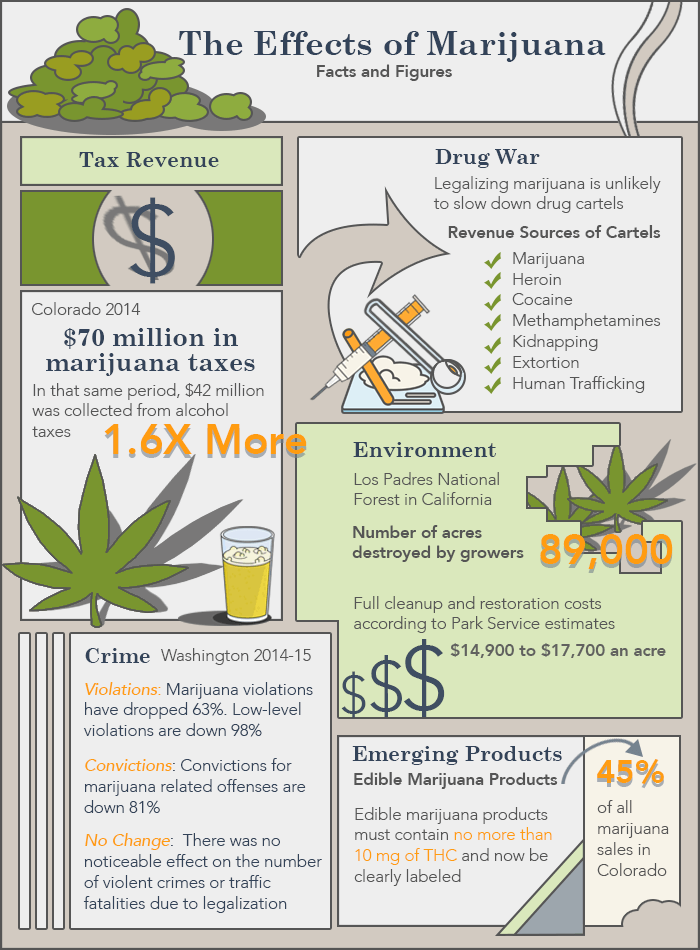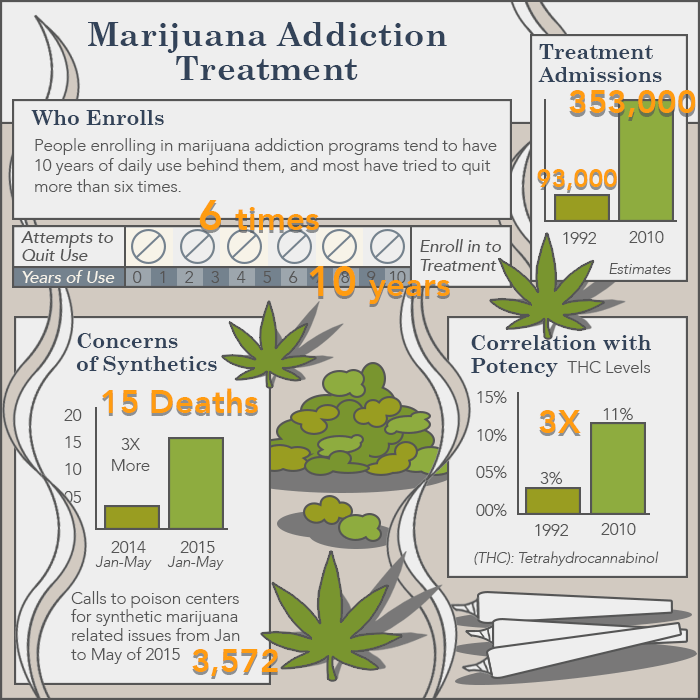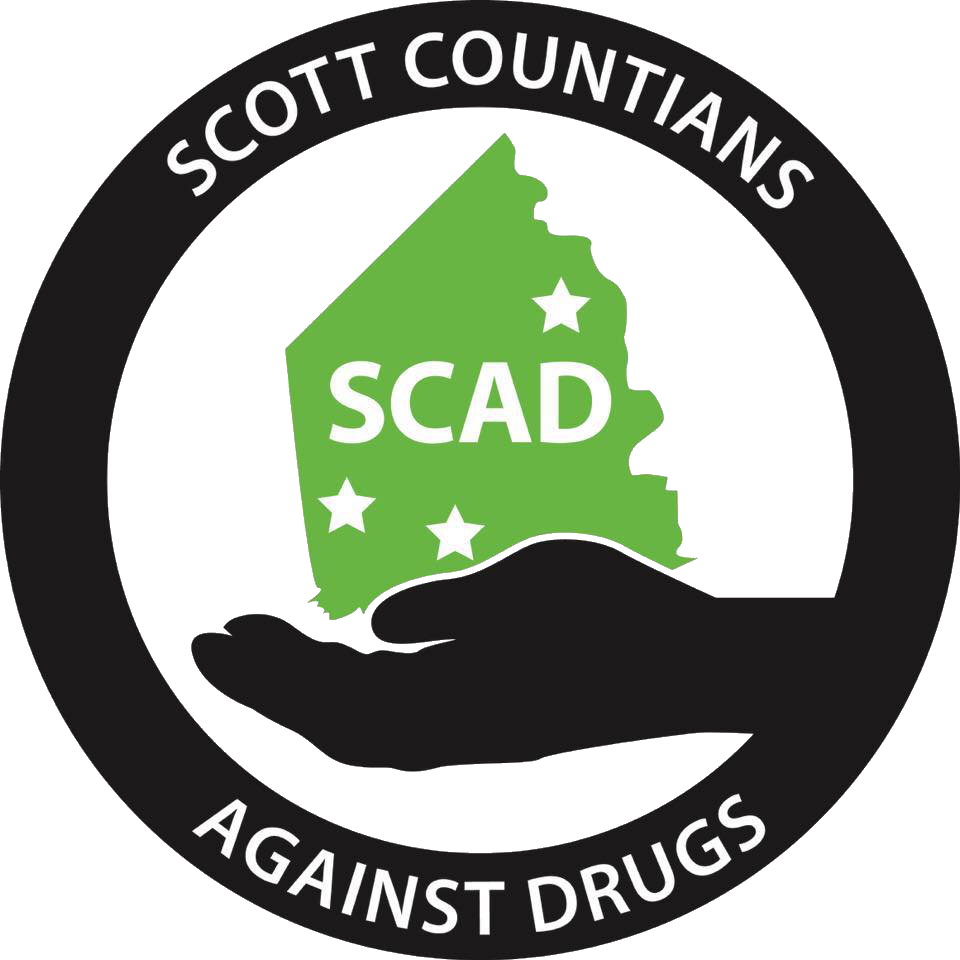What is Marijuana Addiction Treatment?
Therapy is the cornerstone of treatment for marijuana addiction. The goal of therapy is to provide people with the ability to avoid or cope with marijuana triggers, so they won’t relapse to use when put in tempting situations.
How long has it been since the last hit? Where can I get more? What happens if I get caught? Why doesn’t this stuff work as well as it once did?
These are the sorts of thoughts that can consume every waking minute of the day for people with a marijuana addiction issue. Rather than focusing on the good things in life, they’re exclusively focused on the drug and what it can (or can’t) do for them.
Life like this is hard, but everything can change in an instant. As soon as people agree to get help for a marijuana addiction, they can see everything about their lives change for the better
Is Marijuana Truly Addictive?
 Marijuana advocates would have people believe that this is a drug that’s organic, harmless, safe, and completely benign. In short, they want others to believe that marijuana doesn’t cause any addictive problems whatsoever. Unfortunately, that’s not an opinion that’s borne out by science.
Marijuana advocates would have people believe that this is a drug that’s organic, harmless, safe, and completely benign. In short, they want others to believe that marijuana doesn’t cause any addictive problems whatsoever. Unfortunately, that’s not an opinion that’s borne out by science.
The National Institute on Drug Abuse (NIDA) suggests that about 9 percent of people who abuse marijuana will develop an addiction to the drug in time. And that risk rises to 17 percent if users start a marijuana habit during the teen years, and it rises to 25-50 percent in those who use the drug every day.
Marijuana use carries the risk of addiction and long-term health consequences. If you or someone you know is addicted to marijuana, American Addiction Centers (AAC) – the leading treatment program in the U.S. is here to help. Contact us at
or get a text for information on various treatment options. You can speak confidentially with an admissions navigator for help getting access to our successful substance abuse programs.

Resources Used
- http://www.drugabuse.gov/publications/research-reports/marijuana/marijuana-addictive
- https://www.whitehouse.gov/ondcp/frequently-asked-questions-and-facts-about-marijuana
These statistics clearly demonstrate that marijuana has the capacity to trigger an addiction. That risk comes, for the most part, from changes inside the brain.
The active ingredient in marijuana, THC, latches to receptors in the brain and triggers chemical reactions associated with bliss and relaxation. It’s a chemical manipulation, and the brain resists that process by turning off or shutting down receptors. The brain is, in other words, altered by marijuana. In time, the brain will function at an optimal level only when there’s marijuana available.
When people develop an addiction, they can experience irritability and restlessness when they try to stop marijuana use. They can develop deep cravings for marijuana that can interrupt their sleep, their work, and their hobbies. This is another hallmark of addiction, and it’s a known risk with marijuana use.
Marijuana can also be psychologically addictive, as people who have a habit tend to use it in party situations.
They can struggle to meet friends, interact with family, or otherwise have social interactions unless they’ve used the drug first. They feel, at a deep level, that they need marijuana in order to handle day-to-day life, and that psychological addiction can be hard to overcome.
At What Point Does Marijuana Use Require Intervention?
People who use marijuana may claim that the substance is harmless, and in some states, it’s legal to use the drug. That means
it can be, in some cases, difficult to know when to intervene in the face of marijuana use. According to Mayo Clinic, these symptoms indicate that a drug addiction is in play:
- Cravings for the drug
- Tolerance for the drug, which leads to higher doses of drugs
- Hoarding the drug
- Spending money that should go to household expenses on drugs
- Cutting back on work, hobbies, or social activities in order to use
- Taking risks while under the influence
- Failed attempts to stop use
- A need to use the drug regularly, either daily or several times per day
It’s important to note that people with marijuana addictions aren’t weak, bad, or wrong. They have a medical condition that
responds to treatment, and they need help in order to recover. Approaching them in a calm and caring manner is a good approach,
and that’s easier to do when families remember to think of this as an illness.
Take Our Marijuana Addiction Self-Assessment
Take our free, 5-minute marijuana addiction self-assessment below if you think you or someone you love might be struggling with a marijuana dependency. The evaluation consists of 10 yes or no questions that are intended to be used as an informational tool to assess the severity and probability of a marijuana use disorder. The test is free, confidential, and no personal information is needed to receive the result.
More on Marijuana
- Learn More About Addiction from Calling a Drug Helpline
- Detox from Weed
- What Can It Be Laced With?
- Mixing With Opioids
What Is Legalization Doing to the State of Addiction and Rehab?
It might be harder, in some cases, to get people with marijuana addictions into treatment programs that can help. That’s
because some states are moving to legalize marijuana, and proponents of legalization are shifting the conversation on addiction.
According to the
Office of National Drug Control Policy, proponents of marijuana perpetuate the notion that marijuana is harmless, and
that’s a message picked up by the mainstream press. Users may think their families just don’t understand the benefits of
marijuana, and they may feel validated by the legalization effort.

Resources Used
- http://www.cbsnews.com/news/marijuana-cookie-death-colorado-warning-labels-cdc/
- https://www.colorado.gov/pacific/revenue/colorado-marijuana-tax-data
- https://www.whitehouse.gov/ondcp/frequently-asked-questions-and-facts-about-marijuana
- http://www.drugpolicy.org/news/2015/07/marijuana-legalization-washington-state-one-year-status-report
But legalization doesn’t change the underlying chemistry of marijuana and the very real addictions the drug can cause. Legalization
also can’t stop the cycle of addiction.
As an analysis of Washington’s emerging marijuana legalization bills published in The New Yorker points out, minors aren’t allowed to use the drug under the new laws.
As previously stated, young people who start using weed have a higher risk of developing an addiction than adults who start the habit.
This means states with legal pot could be growing huge crops of young people who use, and those young people might grow into adults with addictions and a need for recovery. Thankfully, there are treatment programs that can help.

Resources Used
- http://www.cdc.gov/mmwr/preview/mmwrhtml/mm6422a5.htm?s_cid=mm6422a5_w
- https://www.whitehouse.gov/ondcp/frequently-asked-questions-and-facts-about-marijuana
- http://www.drugabuse.gov/publications/research-reports/marijuana/available-treatments-marijuana-use-disorders
What Does a Marijuana Addiction Program Look Like?

Therapy is the cornerstone of treatment for marijuana addiction. An analysis in the journal Addiction Science and Clinical Practice suggests that the goal of marijuana therapy is to provide people with the ability to avoid or cope with drug use triggers, so they won’t relapse when put in sticky situations. Therapy can also provide problem-solving skills and lifestyle management,
so people can learn how to build a satisfying life that doesn’t need augmentation with drugs. As a relapse skill, therapists might also provide lessons on drug refusal, so people know just what to say and how to react when they’re offered a hit of weed.
Those therapy sessions might be augmented with support group work, so people with marijuana addictions can meet others in recovery.
Exercise sessions, massage sessions, art-therapy sessions, and other alternative therapies can help people learn how to cope with life gracefully, without the use of drugs.
NIDA says people enrolling in marijuana addiction programs tend to have 10 years of daily use behind them, and most have tried to quit more than six times. That means these people have a history of a great deal of dysfunction, and they often benefit from regimented inpatient programs that provide both structure and security.
In an inpatient program, the days are structured in such a way that there’s just no time to either think about or get drugs. A sample schedule might
look like this:
- 8:30-9:30 am: Breakfast
- 9:30-10:30 am: Morning meditation
- 10:30-11:30 am: Morning group session
- 11:30 a.m. – 12 pm: Morning journal time
- 12-1 pm: Lunch
- 1-2:30 pm: Individual counseling sessions/workshop
- 2:30-4 pm: Exercise and/or art therapy
- 4-5:30 pm: Support group work
- 5:30-6 pm: Afternoon journal time
- 6-7 pm: Dinner
- 7-8 pm: Assignments or therapy homework time
- 8-8:30 pm: Social time (letters or phone calls)
- 8:30-9:30 pm: Closing group
- 9:30-11:30 pm: Quiet time for reading or crafting
- 11:30 pm: Lights out
Following this daily schedule for several months could help a person with a marijuana addiction to understand how to pack
the day with benefits and support. A modified version of this schedule, in which work replaces some of the midday tasks,
could be a great one for a person in recovery to follow for lasting sobriety.
Starting Marijuana Rehab Right Now
There’s no right time or wrong time to fight back against a marijuana addiction.
This drug is powerful and it can cause addictions. Those who get help may finally be able to stop their marijuana use. When
they do, new vistas of life may open up all around. It’s time to get started.

